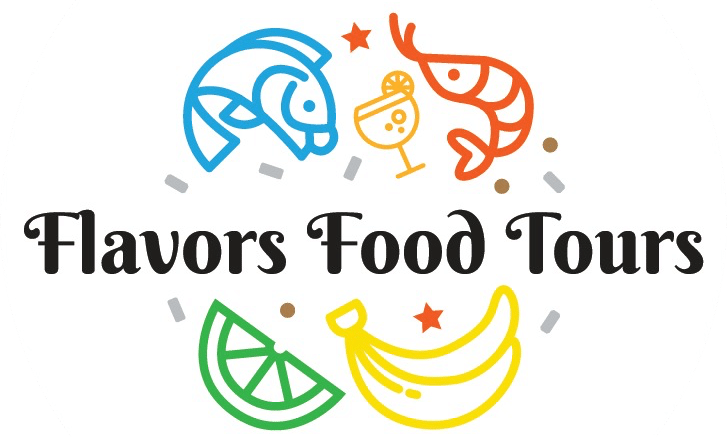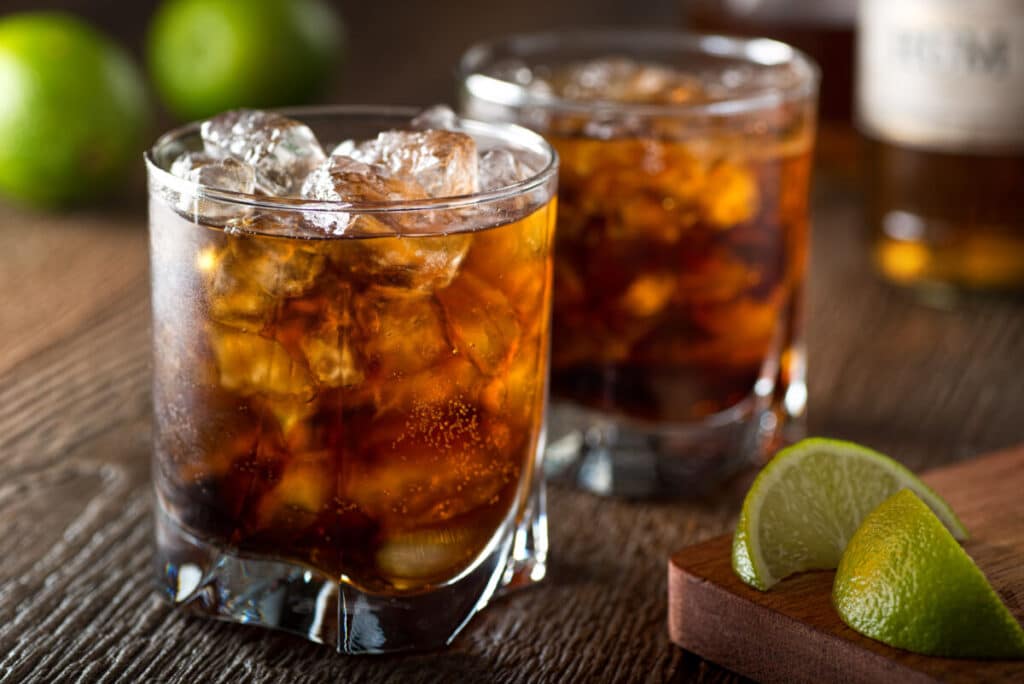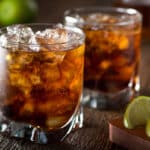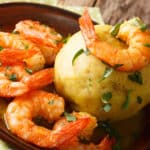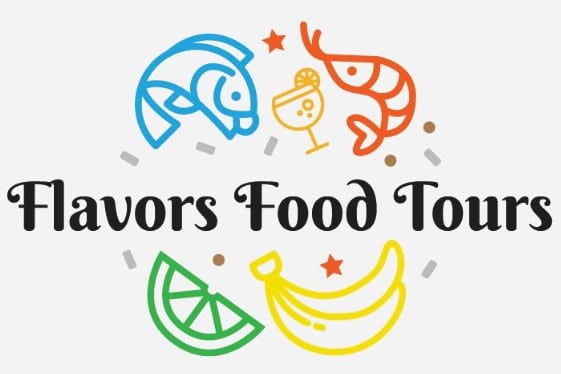A great Puerto Rican welcome often includes a glass of some of the world’s best rum. Puerto Rico is often called the rum capital of the world, and for a good reason. The ingredients, distillers, and pedigree of Puerto Rico’s rum production are unparalleled. Travelers looking to learn more about the rum-soaked history of this gorgeous island can find answers firsthand in the Flavors’ Rum Runners Craft Cocktail walking tour. Guests will experience and learn how alcohol has played into the larger culinary and cultural scene across the island. Alcohol has long been a major part of Puerto Rican culture, with rum being the pinnacle of the island’s booze scene. Over the centuries, the island has become the keystone of the global rum industry, producing some of the finest rums in the world, such as Barrilito, Don Q, and Bacardi, to name a few. The history of rum in Puerto Rico dates back to the early colonial years when Spanish settlers brought sugarcane – a crop that would change the history of the island forever- from Hispaniola (the island which is half Haiti/half Dominican Republic).
Its production was created as a byproduct of the sugarcane industry – the leading economy of the day – when workers discovered that mixing molasses with water and fermenting it produced a distilled spirit: rum. The discovery and distillation of rum from sugarcane happened all throughout the Caribbean, where sugarcane was rapidly grown for its export to European markets in the form of raw sugar. Rum quickly became a popular drink throughout the Caribbean, as it was relatively inexpensive and easy to produce. As more rum distilleries were opened, the industry became a major part of the island’s economy.
By the 1800s, there were over 100 distilleries in Puerto Rico, many of which are still producing award-winning rums. The explosion of rum demand from the Caribbean and Puerto Rico specifically took place in the 1920s. Rum running, the organized smuggling of imported whiskey, rum, and other liquor by sea and over land to the United States, started within weeks after Prohibition took effect on January 17, 1920. Today, around 80% of the rum consumed worldwide is produced on the small island of Puerto Rico. Its reputation was made solid during Prohibition, and the island’s continued diligence over its high production standards and quality regulation keep it a valued rum on an international level.
The Rum Runners walking tour takes guests back in time to explore the historical roots of rum in Puerto Rico. The tour features “famous” Old San Juan bars and hidden gems that guests might not stumble upon on their own: unearth their unique stories and gain insight into how rum is produced around Puerto Rico with your fun expert guide. Guests can explore the beautiful vibrancy of Old San Juan and see firsthand how this iconic drink has shaped the city and its people.
